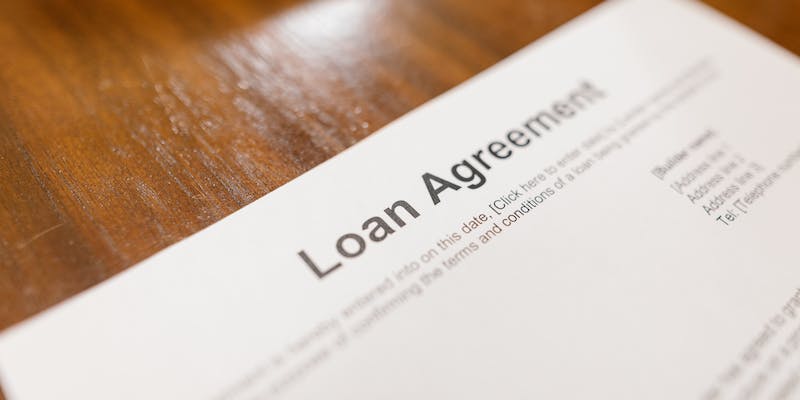Tax season can be a stressful time for many individuals, especially when it comes to filling out tax forms. One form that may be confusing and needs clarification is the 1040 Schedule E. This comprehensive guide will explain everything you need to know about this form and how to fill it out properly.
What is Tax Form 1040 Schedule E?
Taxpayers use Tax Form 1040 Schedule E to report rental income and expenses. It is an important form for taxpayers who own rental properties or receive rental income from other sources. This form allows taxpayers to accurately report their rental income and deduct any eligible expenses, such as mortgage interest, property taxes, and repairs.
Why is the tax form called 1040?
The tax form called 1040 is named after its corresponding Internal Revenue Service (IRS) form number. The IRS uses form numbers to categorize and differentiate the various forms and documents used for tax purposes.
The 1040 Schedule E tax form is the standard individual income tax return form used by taxpayers to report their annual income and calculate their federal income tax liability. It is the most commonly used form for filing taxes.
Why is Tax Form 1040 Schedule E important for taxpayers?
The Schedule E form is important for taxpayers because it helps them properly report their rental income and claim any eligible deductions. Failing to accurately report rental income or claim eligible expenses can result in penalties or audits from the IRS. Using Schedule E, taxpayers can ensure they meet their tax obligations while maximizing their deductions.
How does it relate to rental income and expenses?
Schedule E specifically relates to rental income and expenses because it provides a detailed breakdown of the income and expenses associated with rental properties. Taxpayers must provide information about each rental property, including the address, number of days rented, and rental income received. They can also deduct any expenses related to the rental property, such as advertising costs, insurance premiums, and property management fees.
How Do I Fill Out Form 1040 Schedule E?
Filling out Form 1040 Schedule E may seem daunting at first glance, but following these steps can make it easier:
Gather all necessary information
Before starting on the form, gather all relevant documents, such as receipts for expenses related to your rental property or partnership/S corporation investment statements.
Determine which part(s) apply.
The schedule has three parts - Part I for rental real estate activities, Part II for partnerships and S corporations, and Part III for estates/trusts/REMICs. Only fill out the section(s) applicable to your situation.
Report income/expenses accurately.
On each part of the schedule, report all income earned and expenses incurred during the tax year. Be sure to include all relevant details, such as property addresses, rental income received, and any deductions taken.
Calculate your net profit/loss.
Once you have reported all income and expenses, calculate your net profit or loss for each part of the schedule.
Transfer information to Form 1040
After completing Schedule E, transfer the appropriate figures onto your tax return (Form 1040).
Passive Activity Loss Rules
Passive activity loss rules govern how individuals report rental income and expenses for tax purposes. These rules are designed to determine whether an individual is an active or passive participant in their rental activity, and they can have significant implications for how rental income and expenses are reported on tax returns.
Under these rules, if an individual is considered a passive participant in their rental activity, they are generally not allowed to deduct any losses from that activity against their other income. Instead, these losses are typically carried forward to future years and can be used to offset any future rental income or gains from the sale of the rental property.
How do you determine if you're an active or passive participant?
Several factors are taken into account to determine whether an individual is an active or passive participant in their rental activity. The most important factor is the time the individual spends on the rental activity. If an individual spends more than 500 hours per year on the activity, they are generally considered an active participant and can deduct any losses against their other income.
Special Considerations for Schedule E
Regarding Schedule E, some special considerations may apply depending on your situation. If you have partnerships or own shares in an S corporation, you must report the income and deductions from these entities on Schedule E. It includes any rental income or expenses associated with the properties owned by the partnership or S corporation.
You must provide detailed information for each property on Schedule E if you have multiple rental properties. It includes the address, type of property, and the number of days the property was rented or available for rent. You will also need to report each property's total rental income and expenses, including any depreciation.
If you earn income from royalties or real estate investments, you must also report this income on Schedule E. It includes any royalties from intellectual property, such as books, music, or patents. It also includes any income generated from real estate investments, such as rental or property sales gains.
When reporting income from these sources on Schedule E, keeping accurate records and documentation is important. It includes keeping track of rental income and expenses and any receipts or statements related to royalties or real estate investments.
By carefully following the instructions and guidelines provided by the IRS, you can ensure that you accurately report your income and deductions on Schedule E. It will help you avoid potential issues or audits and ensure you comply with tax laws.
Conclusion
Filling out Form 1040 Schedule E may seem intimidating initially, but it can be easily completed with a clear understanding of its purpose and proper guidance. Remember to gather all necessary documents and report accurate information to avoid potential errors on your tax return. If you still need to figure out how to fill out this form correctly, seek assistance from a qualified tax professional.




